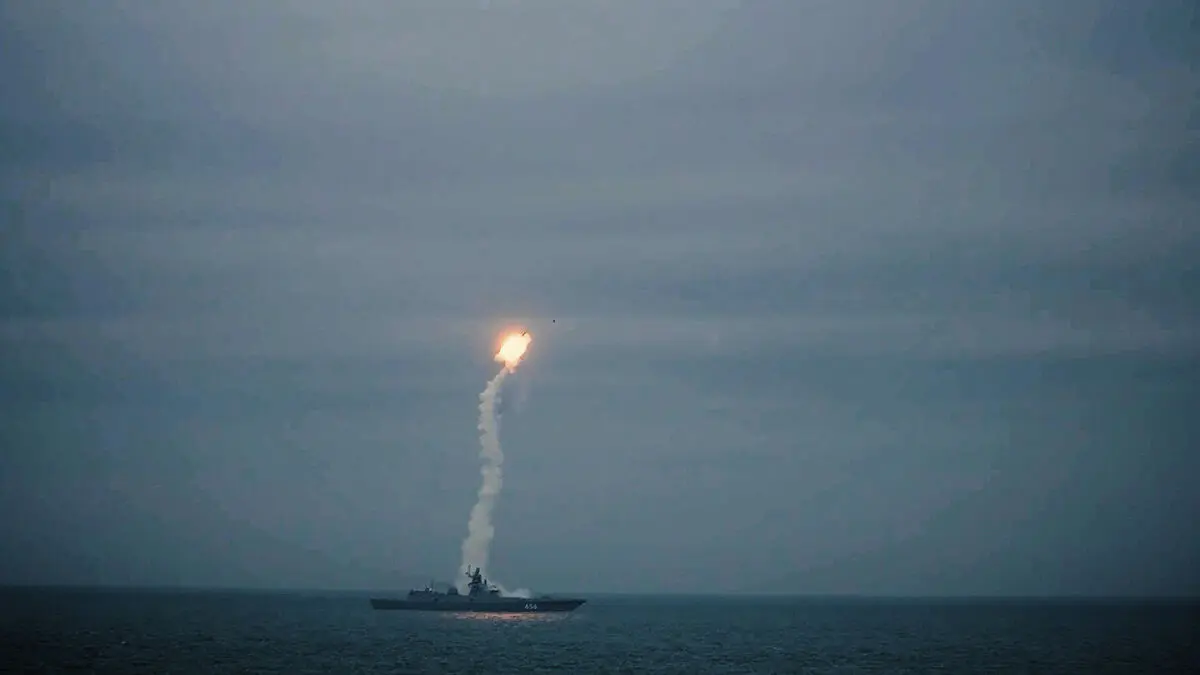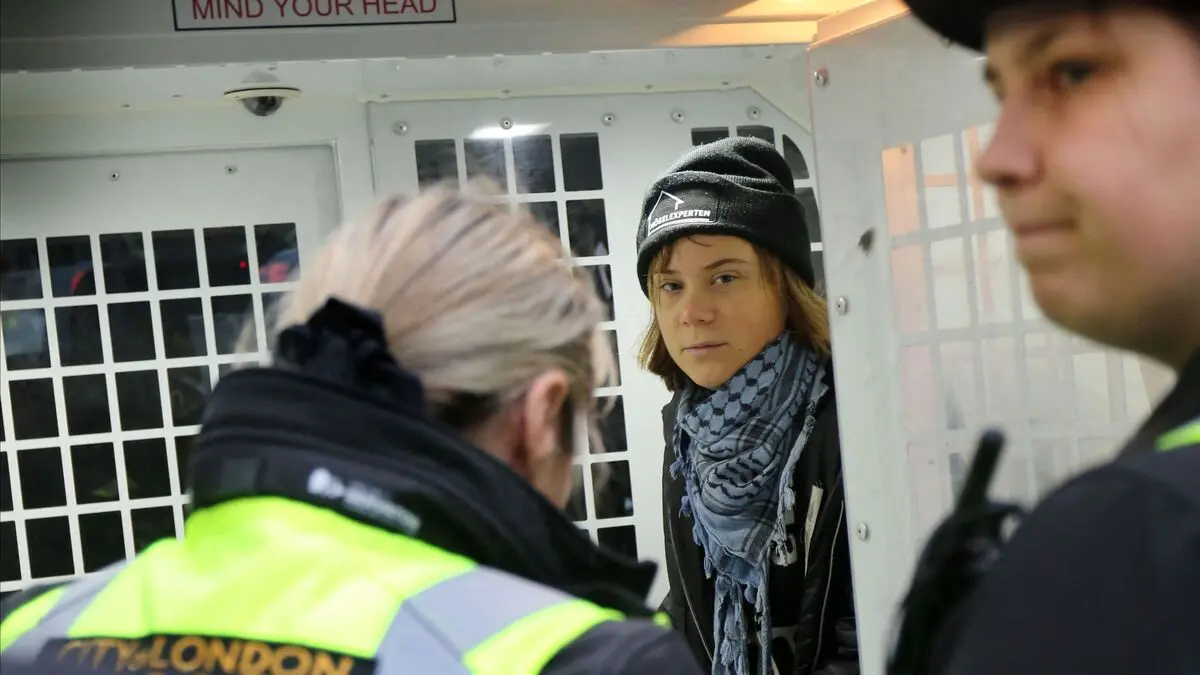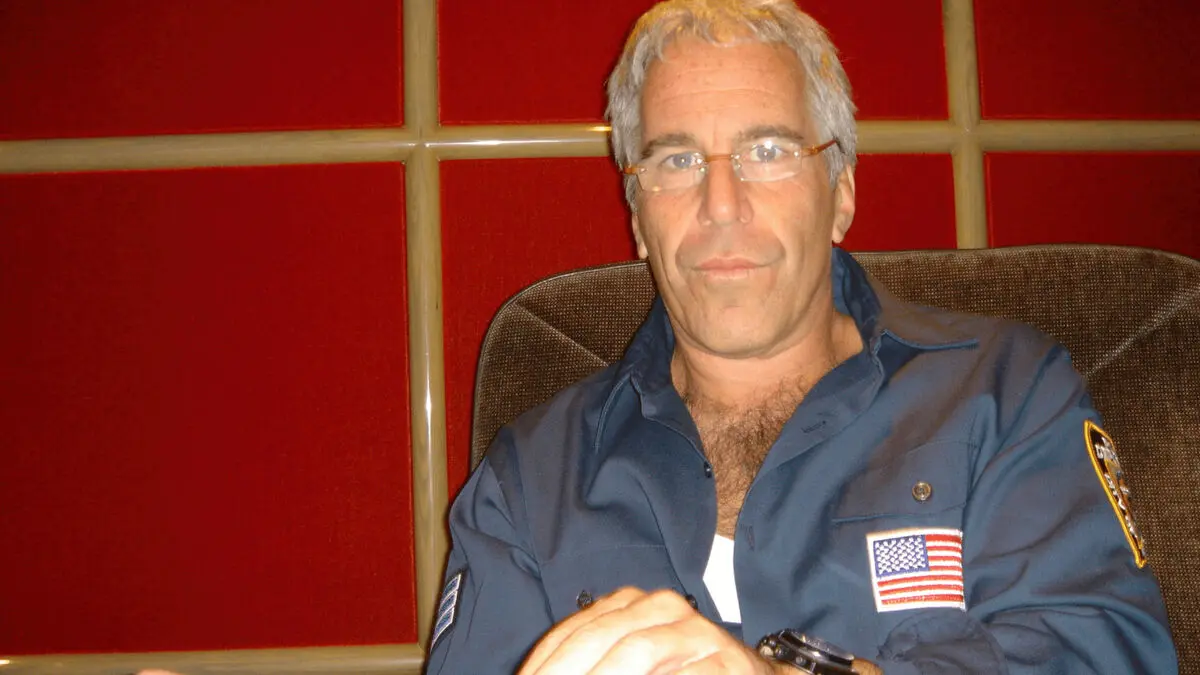The system can monitor NATO's movements and has been built up with technology from companies in Sweden, Norway, the United Kingdom, and Italy.
According to SVT's sources, tens of underwater robots from the Swedish defense company Saab have contributed to the build-up. The British subsidiary Saab Seaeye is said to have sold the robots in accordance with the then applicable regulations to Russia until 2018.
Saab says in a comment to SVT that the business relationship has been terminated for several years.
"This happened before the British government introduced a ban on further sales to Russia in 2019," Saab writes.
The Russian military is also said to have built copies of the Saab robot, according to information to SVT.
Also, among other things, communication equipment from a Swedish antenna manufacturer has been used, according to the investigation. Dagens Arbete has previously revealed that the company's products have ended up in the hands of the Russian military.
The purchase of some of the technology for the surveillance system is said to have taken place despite Western sanctions through a network of shell companies, including in Cyprus and Turkey.
The monitoring takes place through a network of sensors that have been placed along the seabed in the Barents Sea. Russia has previously stated that the "Harmoni" system exists, but only now can its location be pointed out.
The area in question is strategically important for Russia as nuclear-armed submarines are located on the Kola Peninsula by the Barents Sea.





